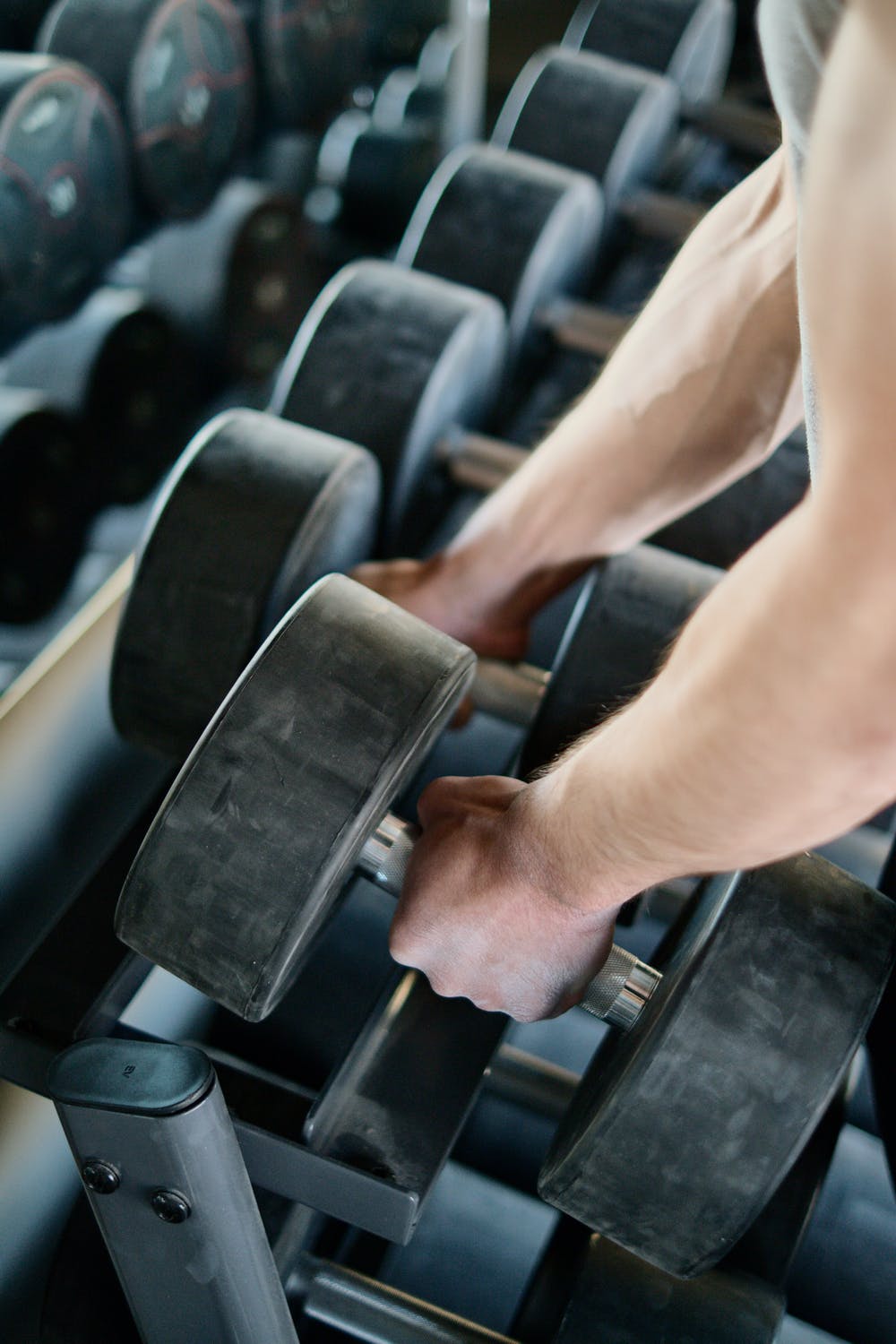As the need to lead a healthier life has taken precedence over the past decade or so, working out has turned from optional to essential for most people. As with all trends, it was only a matter of time until we found a way to fit workout time into our routines more conveniently.
As such, the last few years have seen more and more people shift from professional gym and fitness centers in favor of home gyms.
Whoever said the Covid-19 health pandemic would make us completely rethink our lives was right. Because since the crisis forced the world into isolation in early 2020, an increasing number of people – some that would not have even considered it – have set up their own personal gyms at home.
There can be no denying the convenience of a home workout. But at some point, circumstances in life necessitate us to move house, and with that, comes the need to ponder how we will move the exercise equipment with us. Usually, you’ll have invested in an Atlanta moving company or similar to help you out, and they will be able to help you. But if you’re willing to struggle on your own, keep reading for some tips and tricks.
The sheer bulkiness of workout equipment like treadmills, exercise bikes, weightlifting machines and various others – and the delicate nature of some components – makes the gym a unique entity that we have to plan for separately from the other rooms.
Needless to say, moving the gym is not a job for the left hand. The process is a complete workout in itself, particularly if you plan to do it by yourself with the help of friends or family.
Hiring a professional moving company that provides gym and fitness equipment moving services is ideal if you want to take the easy route.
This is advantageous in that an experienced professional mover is familiar with the drill of moving exercise equipment, which not only makes life easier for you, but also ensures your equipment reaches its destination in good condition – just as we want it.
Otherwise, if you plan to move your fitness equipment DIY, there are a few tips to keep in mind to ensure a safe and effective relocation.
- Organize and prepare
For starters, you’ll need to size up your move and determine what moving supplies will be required. At a minimum, these should include furniture blankets, bubble wrap or packing paper, tie-down strap with a ratchet tie, furniture dolly, and transport containers.
Before you start disassembling your equipment, check for any broken pieces or loose screws.
Free weights and other small items need to be sorted out into groupings as you intend to pack them. Locate missing pairs and label everything that needs labeling – are those five-pound or 10 pound weights?
The initial organization will significantly simplify the entire process for you.
- Clean and sanitize your workout gear before the move
Cleaning and sanitizing may have become second-nature in the age of the coronavirus, but this was still a recommended tip to observe when moving fitness equipment even before Covid-19. Presently, though, we can’t deny that it has taken even more significance.
Exercise equipment, as you too well know, can be a haven for germs due to all the sweating and stuff. Even when using the equipment alone.
This in mind, it is advisable to clean and sanitize your workout gear properly prior to moving to avoid transferring the germs and bacteria to your new abode.
Clean and disinfect the surfaces on all your equipment, from the weight machines and dumbbells, to the treadmill and elliptical, and all the mats – whether you use them for yoga or stomach exercises.
Don’t forget to wash the gym towels and blankets, preferably on a hot water cycle.
- Use packing containers designed for the task
Cardboard boxes are not the most suited for transporting weights. A good alternative is to opt for sturdy plastic tubs or milk crates. Workout gear is heavy, so make sure not to stack them such that the bins or crates can’t be easily lifted.
To prevent the weights from shifting and possibly breaking the boxes, use packing paper, old towels, or bubble wrap.
These boxes should be clearly labeled HEAVY.
- Disassemble large equipment
Disassembling that stationary bike might be work, but it is essential that you take apart your large equipment to avoid damage during transit.
If you still have the manuals, perfect. Otherwise, only dismantle the parts you’re sure you can put back together with ease, ideally using tape and marker to label them.
For collapsible equipment like the treadmill, ensure everything is secure and locked in place before lifting.
- Employ a furniture dolly (and a friend)
Some fitness items may not be the heaviest, but their unwieldy shape makes them a challenge to move by oneself.
As such, it’s important to enlist the help of a friend or family member as moving a home gym is often an endeavor fraught with the risk of injury.
A furniture dolly can also be handy for rolling the equipment out the garage door or basement stairs, or wherever else you’ve kept your equipment. Not everyone will have a dolly, obviously, and in that case, a thick moving blanket can be a good alternative.




